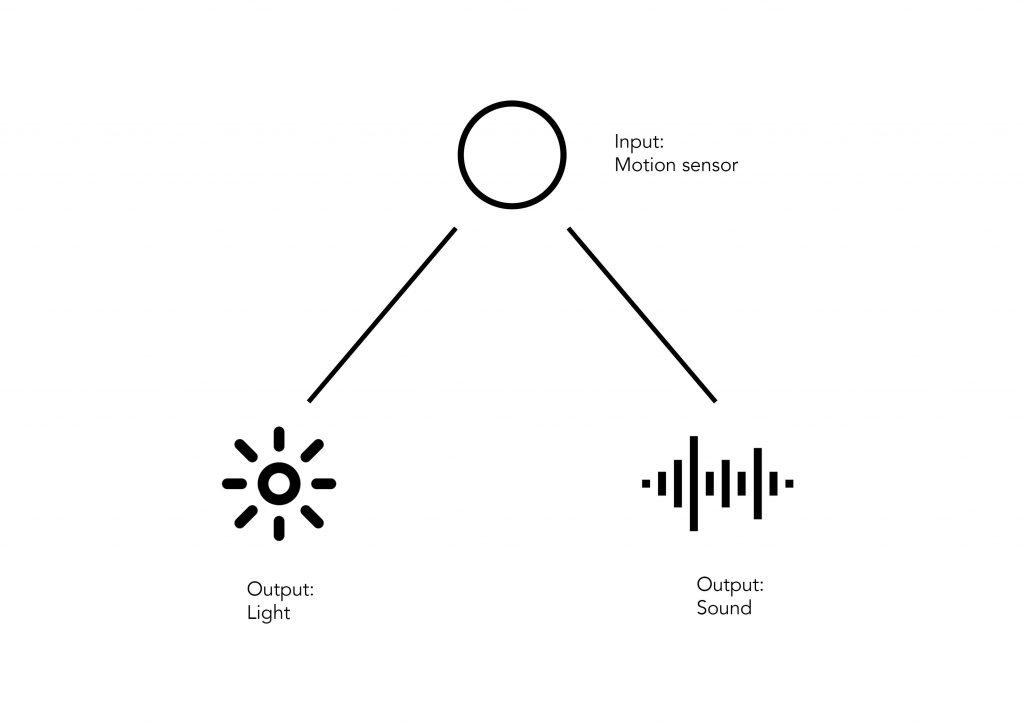Out of the 5 principles of New Media, I have identified 2 key principles that relates best to our Interactive Media Project.
The first principle I have identified is “modularity”. The modularity principle states that new media objects are object-oriented, composed of parts made up of smaller parts reminiscent of a “fractal structure”. Both are often made from independent parts which retain a measure of autonomy even if embedded in another new media object.
For this principle, our project fulfils the modularity principle as the various buttons that are connected to our bed are independent parts not directly connected to it. They are added as a separate piece which is embedded into the bed. Even when the buttons are removed, they can still serve other functions and are not built solely for our bed’s purpose.
The second principle I have identified is variability. This was a key paragraph from the reading which states that “a new media object is not something fixed once and for all, but something that can exist in different, potentially infinite versions” (pp.36). Manovich lists seven examples of variability common in contemporary new media, and also considers more foundational differences variability enables: for example, hypermedia elements and structure need not be “hardwired” as in old media. Variables replace constants, and data separated from algorithms (as in computer programming). But to some extent this variability is radically limited to selection from a group of pre-packaged forms: a concept Manovich will later expand as “selection.”
What this means is that any form of new media is not something fixed. It can exist in many different versions and it doesn’t include a structure. Variability can be found in hypertextual or interactive media where users choose different paths navigating through text, thus accessing different content. And this goes for everyone. This principle of variability assures users that their choices, thoughts and desires are unique to an individual.
How this translates to our project is when users interact with the bed, thus causing the lights to react accordingly. There is no fixed variable and every user’s interaction will result in a completely different outcome. This creates a singular unique experience for each user that is tailored to their personalities and how they interact with the work. There is no structure in this and each experience is it’s own.
These are the 2 key principles I have identified from the readings that related best to our project.







